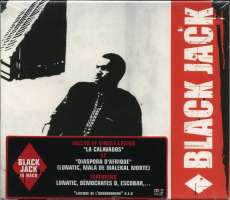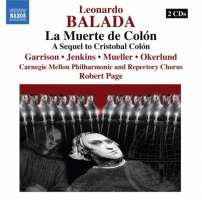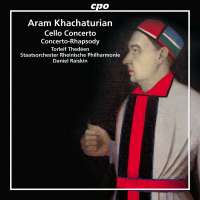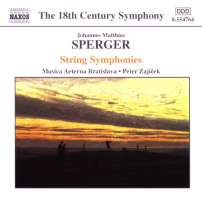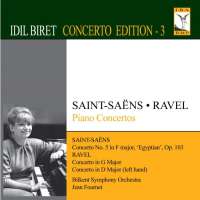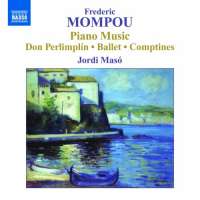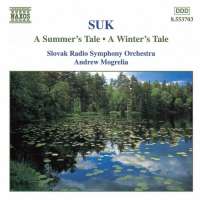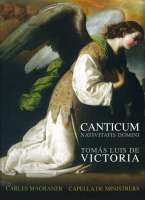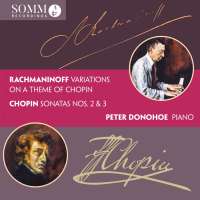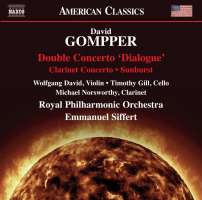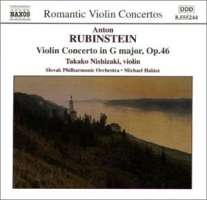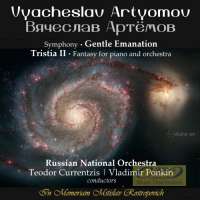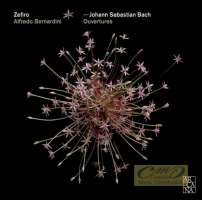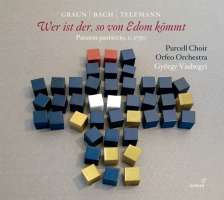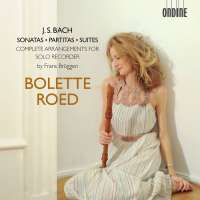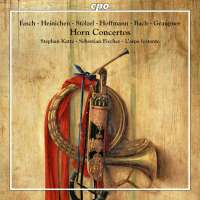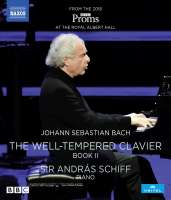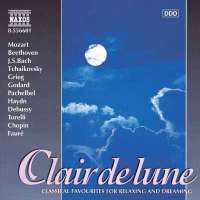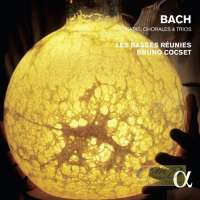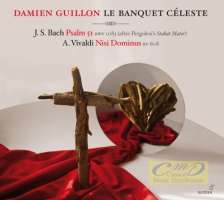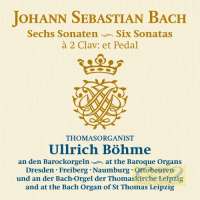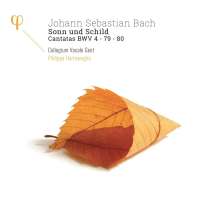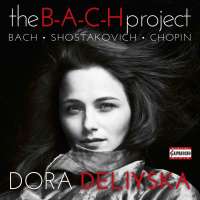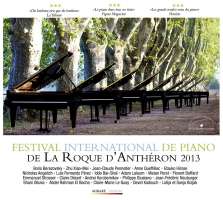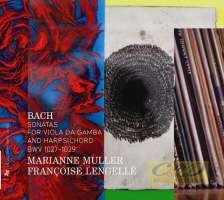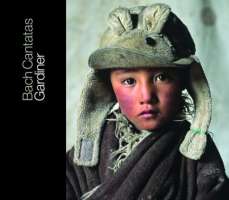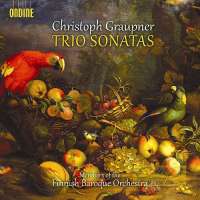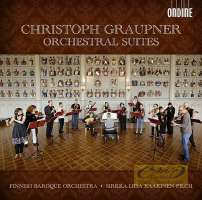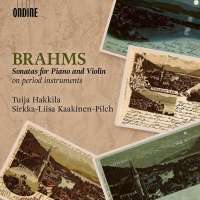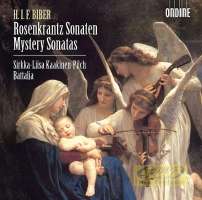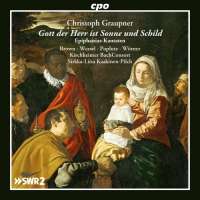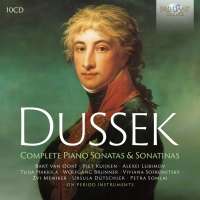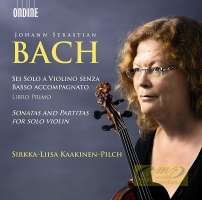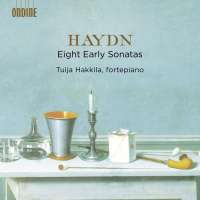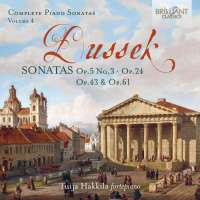
kompozytor
Bach, Johann Sebastian
tytuł
Bach: Six Sonatas, BWV1014-1019
wykonawcy
Kaakinen-Pilch, Sirkka-Liisa;
Hakkila, Tuija
Hakkila, Tuija
nr katalogowy
ODE 1446-2D
opis
The son of Johann Sebastian Bach (1685–1750), Carl Philipp Emanuel, described his father’s Sonatas BWV 1014–1019 as among the best works his father ever wrote and continued to perform them extensively after his father’s death. This is music of implication and inference, the emotions no less real for their apparent lack of specificity. There is pleasure in the paradox: even without a text, the music sings. “They still sound very good and give me much joy, although they date back more than fifty years. They contain some Adagios that could not be written in a more singable manner today”, writes C.P.E. Bach. In these new recordings, some of the greatest exponents of Baroque music in the Nordic countries, violinist Sirkka-Liisa Kaakinen-Pilch and keyboardist Tuija Hakkila join forces. Tuija Hakkila plays copy of a Gottfried Silbermann fortepiano 1747 by Andrea Restelli – J.S. Bach played one of his fortepianos in 1747 in Potsdam for Frederick the Great and his court musicians.
•Bach, J S: Sonata for Violin & Harpsichord No. 2 in A major, BWV1015
•Bach, J S: Sonata for Violin & Harpsichord No. 3 in E major, BWV1016
•Bach, J S: Sonata for Violin & Harpsichord No. 4 in C minor, BWV1017
•Bach, J S: Sonata for Violin & Harpsichord No. 5 in F minor, BWV1018
•Bach, J S: Sonata for Violin & Harpsichord No. 6 in G major, BWV1019
•Bach, J S: Sonatas for Violin & Harpsichord Nos. 1-6, BWV1014-1019
Works:
• Bach, J S: Sonata for Violin & Harpsichord No. 1 in B minor, BWV1014
•Bach, J S: Sonata for Violin & Harpsichord No. 2 in A major, BWV1015
•Bach, J S: Sonata for Violin & Harpsichord No. 3 in E major, BWV1016
•Bach, J S: Sonata for Violin & Harpsichord No. 4 in C minor, BWV1017
•Bach, J S: Sonata for Violin & Harpsichord No. 5 in F minor, BWV1018
•Bach, J S: Sonata for Violin & Harpsichord No. 6 in G major, BWV1019
•Bach, J S: Sonatas for Violin & Harpsichord Nos. 1-6, BWV1014-1019
nośnik
CD
x 2
gatunek
Muzyka klasyczna
producent
Ondine
data wydania
19-01-2024
EAN / kod kreskowy
761195144626

(Produkt nie został jeszcze oceniony)
cena 119,00 zł
lubProdukt dostepny w niewielkiej ilości.
Wysyłka w ciągu 3 dni roboczych
Darmowa wysyłka dla zamówień powyżej 300 zł!
Darmowy kurier dla zamówień powyżej 500 zł!
sprawdź koszty wysyłki

